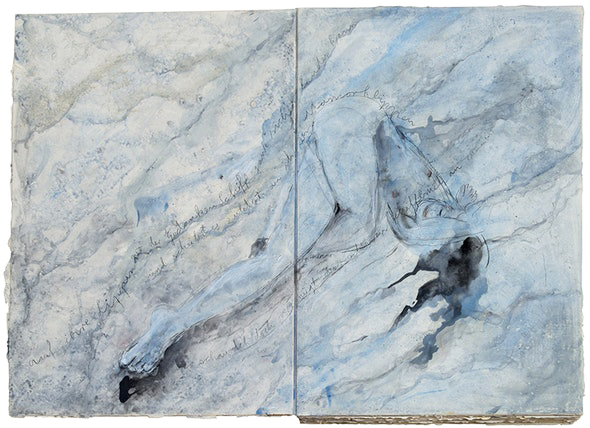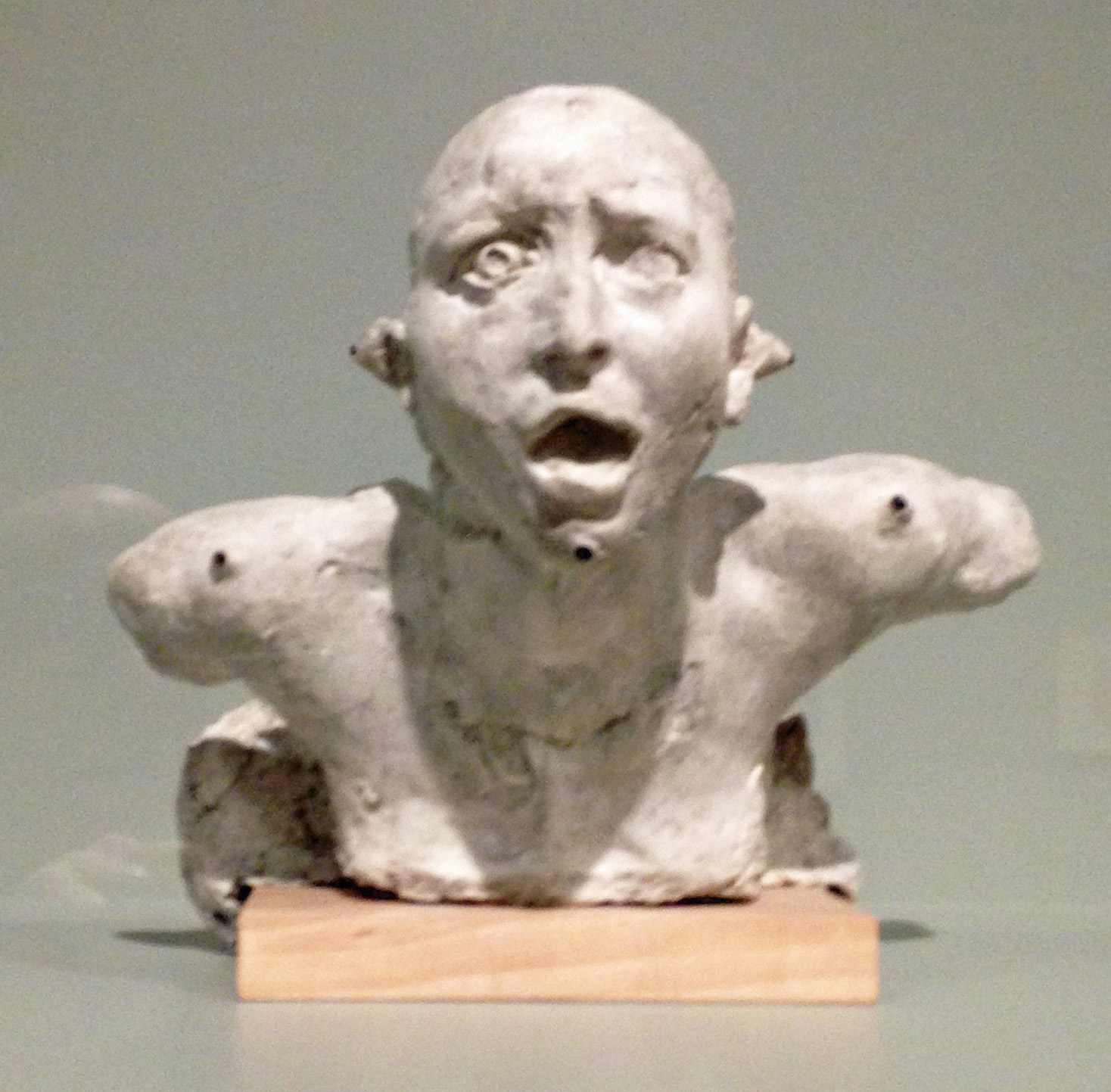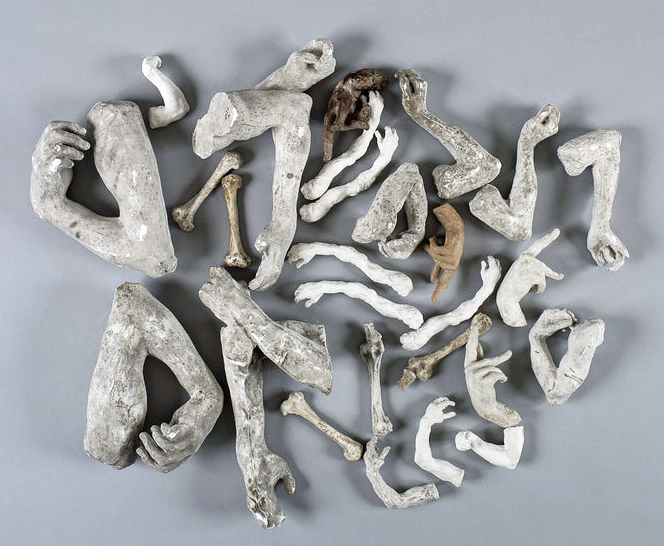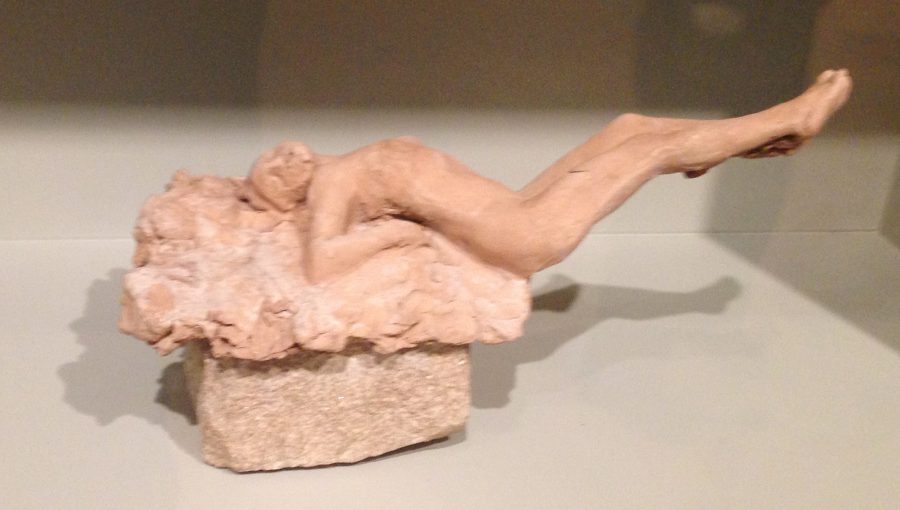
As I wrote in an earlier essay, 2017 is a big year for admirers of Auguste Rodin. See here. It is one hundred years since the death of the remarkable sculptor. Cities around the world are commemorating the centenary. And no place is focusing on Rodin as emphatically as Philadelphia, where the Rodin Museum on the Benjamin Franklin Parkway mounted a new installation of his depictions of passionate embrace.
The Barnes Foundation next door, not to be outdone, now has opened an alternate, idiosyncratic exhibition called “Kiefer Rodin” in collaboration with the Musée Rodin in Paris. This show displays some original Rodin pieces alongside new works by Anselm Kiefer (born in 1945) which he created in response to drawings and sculptures by Rodin.
The Barnes Foundation points out that the new exhibition echoes Albert Barnes’s belief that artistic expression is a conversation between works of different times and places. Barnes wrote about “the continuity of great art throughout the ages.”
More than one hundred works by Kiefer are displayed at the Barnes, including large watercolors; thick illustrated books made in homage to Rodin; vitrines filled with assorted objects including dried plants, stones, and pieces of fabric. The comparison of Rodin’s work with Kiefer’s emphasizes Rodin’s modernity and his ongoing influence. The two men shared an interest in the Gothic cathedrals of France, and Kiefer’s paintings of them are quite impressive. He has layered oil colors, acrylic, clay, metals and plaster on twelve-foot-wide canvases.
The German artist’s modern works form a dialogue with sculptures and drawings by Rodin, including several rarely displayed plasters. The Kiefer works are so physically imposing that they dwarf the Rodin pieces. Yet there’s fascinating detail in the small models that Rodin created. He kept sculptural fragments around his studio that he would continually maneuver to create new works of art. Observe the fastidious detail of fingers and hands which he later assembled as parts of his larger sculptures!
The two Philadelphia institutions work in harmony with each other, and art lovers can easily arrange to walk from the Barnes to the Rodin building which opened to the public in 1929 and is now restored to its original splendor. It was endowed by Jules Mastbaum and designed by architect Paul Cret. The Barnes building is a replica of Albert Barnes’s original mansion in the suburbs of Philadelphia, where he housed his extraordinary collection of art.
Philadelphia played a crucial role in Rodin’s career. The artist received his first American exposure at the 1876 Centennial celebration in Philadelphia, and he received additional attention in a 1905 Pennsylvania Academy of Fine Arts showing. The Barnes exhibition remains on display until March 12, 2018. More information is available here.
Below, model for The Cry; spare arms & bones; Reclining Woman (terracotta & granite) © Musée Rodin:


